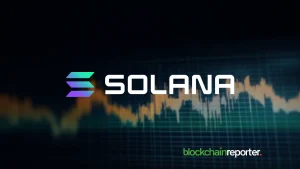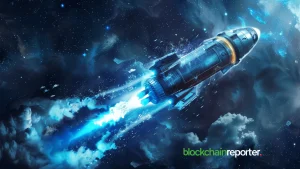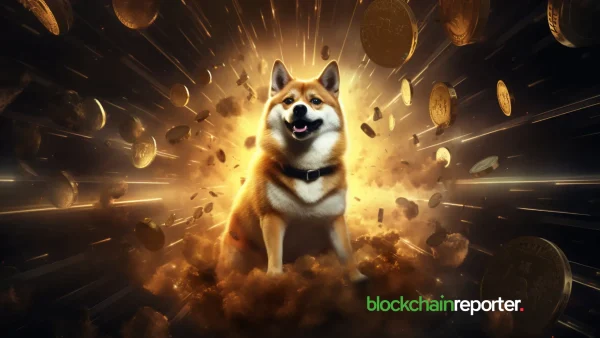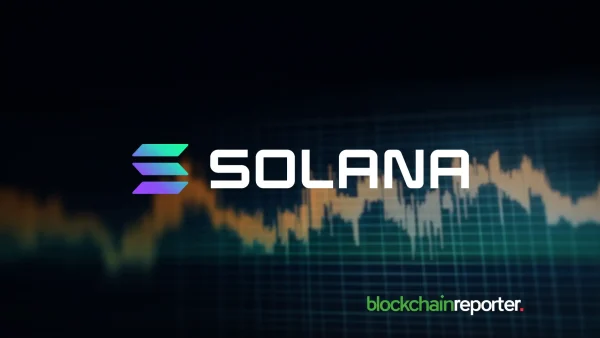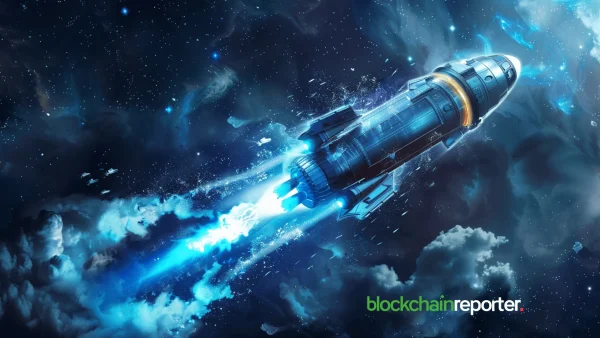
Despite the current bear run in the crypto markets, the Ethereum community has been closely keeping up with updates to Ethereum Merge. Thus far, the developers have made significant progress.
Updates to Ethereum Merge
In late May, the developer team released the first public testnet for merge on the Ropsten network. Since then, all significant fixes have been deployed. On June 20, 2022, the team plans to release the Ethereum 2 Beacon Chain on the Sepolia testnet. That will clear the path for the second public testnet chain merge.
Details of the Chain Merge
The Ethereum chain merge will move the network from a proof of work algorithm to a proof of stake algorithm while unifying the existing execution layer. This upgrade is going to abandon mining in favor of stakers. The result will be a 99% reduction in energy consumption as well as a 90% drop in new Ether minted.
Combined with the burning of base transaction fees that has been going on since August 2021, the transition will eliminate even more ETH from circulation via validator rewards. The result will be a deflationary issuance model.
Timeline to Ethereum Merge
Getting to Ethereum Merge is a long process. It will involve careful testing, which means that the launch has had to be postponed numerous times in the past. Before Merge can be launched, it has to undergo 20 shadow forks, executed on dedicated closed testnets. Additionally, there will be three deployments on public testnets.
According to the founder and CEO of digital asset investment firm Minsterest, Joe Rogers, the growing supply of staked ETH on the Ethereum 2 Beacon Chain is a good indicator of growing trust in the network despite continued delays.
He added that one of the best indicators of positive market sentiment towards The Merge was the scale of staking going on. He noted that there was a growing belief in the viability of the Ethereum 2.0 upgrade. According to Rogers, there was growing trust in how the proof of stake model would benefit the growth of the network.
Release of Major Update
On June 15, 2022, the core developer team released the specifications for the seventh shadow fork. This shadow fork called the Terminal Total Difficulty (TTD), or the difficulty bomb, is a hardcoded deadline for the release of the merge to take place at a specific block height. It was on track to release on June 22, 2022. However, the latest information indicates that it was pushed back to September 2022.
Purpose of Shadow Forks
The shadow forks are designed to test each combination of the four execution layer clients on Ethereum and the five consensus layer clients. Clients provide the software that node operators run. Having several types of clients makes the network more resilient by eliminating the risk of a single point of failure if a client fails.
Expected Delays
Ben Edgington from ConsenSys recently took to Twitter where he stated that delays to the launch of shadow forks might not change the timeline for the expected release of The Merge in August. However, others in the Ethereum community have acknowledged that launching the upgrade could take longer than anticipated. This is especially if any glaring issues are identified in the shadow fork deployments.
However, the growing volume of staked ETH is a sign that the market is growing confident in The Merge timeline. Some experts point out that continual testing is lowering expectations of any delays. They state that everyone can now see how it will work, which increases trust and positive sentiment in the release. As a result, they are willing to take the risk of having their tokens locked up for longer.
Thus far, nearly 10.6% of the Ether supply is locked for staking on the Beacon Chain, despite being no withdrawal functionality until five months after The Merge goes live.



